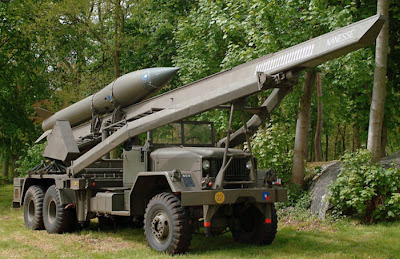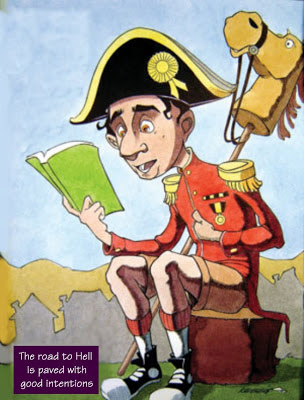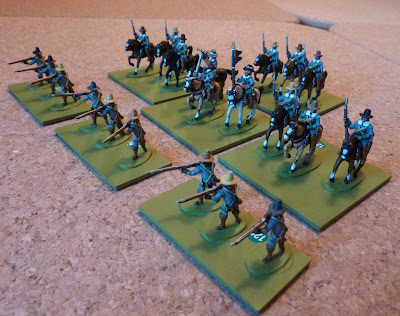On Friday of this coming week, I have arranged an ECW battle with some friends. This morning I've been setting out a briefing note for the other players, which I thought might be of interest here.
Please note that this is not an attempt to teach everyone about the Battle of Nantwich - I've done a bit of tweaking with the history and the OOBs, to make best use of the troops available and try to give a balanced game. What follows is simply a copy of what I've sent to the players. Apart from the scenario and the starting position, there is to be no attempt to replicate or re-enact the historical battle, this will just be a free-for-all.
My sources are John Barratt's super little The Battle of Nantwich 1644 (Stuart Press), John Dixon's equally super (though larger) The Business at Acton (Partizan Press) and the scenarios for Nantwich in De Bellis Civile 1644-45 and Charlie Wesencraft's Pike and Musket book. It goes without saying that my version will not be like any one of those, though they were all useful.
The game will be played using my ECW variant of CCN, with a couple of scenario tweaks. OK - the rest of this post is just what I have sent out to next Friday's players.
The Business at Acton - the Battle of Nantwich, 25th January 1644
The Armies:
Royalist
Commander: John, Lord Byron
2nd-in-Command: Maj.Gen* Richard Gibson
Horse:
Col. John Marrow’s Regt
Lord Molyneux’s Regt
Lord Byron’s Regt (v)
Sir Thos Tyldesley’s Regt
Foot:
Sir Michael Earnley’s
Regt (v)
Sir Robert Byron’s Regt
(v)
Col. Henry Warren’s Regt
(v)
Sir Thomas Tyldesley’s
Regt
Sir Fulk Huncke with
approx 400 musketeers (v)
Artillery:
A battery of medium
sakers
Some light pieces
* = acting
Parliamentarian
Commander: Sir Thomas Fairfax
2nd-in-Command: Maj.Gen* Sir William Brereton
Horse:
Sir Wm Brereton’s
Cheshire Horse
Sir Wm Fairfax’s Regt (Yorkshire )
Col. John Lambert’s Regt
(Yorkshire )
Maj. Thomas Morgan’s
Dragoons (Wales
Foot:
Col. John Booth’s Regt (Cheshire
Col. Richard Holland’s
Regt (Manchester
Col. Sir Wm. Brereton’s
Regt (Cheshire
Col. Henry Mainwaring’s
Regt (Cheshire
Col. Alexander Rigby’s
Regt (Lancashire )
Col. Ralph Assheton’s
Regt (Lancashire )
800 musketeers from
Nantwich Garrison (r)
Artillery:
Some medium sakers
Some light pieces
[Units marked (v) are of
Veteran status, those marked (r) are Raw – everyone else is Trained by default.
Unless otherwise stated, Foot regiments are about 650 strong, and in each of
them approximately one third are armed with pikes and the rest with muskets.
Horse and Dragoon units are about 400 strong. All Royalist Horse are of
“Galloper” type (i.e. they employ the Swedish-style tactics adopted by Prince Rupert
Background – Cheshire
 |
| Lord Byron |
In late 1643, John, 1st
Lord Byron marched from Chester
with a Royalist army which contained a high proportion of excellent, veteran
troops who had previously served in Ireland Cheshire Beeston Castle Nantwich , which was the last remaining Parliament-held
place of any size in the county
 |
| Sir Thomas Fairfax |
Sir Thomas Fairfax was sent from Lincolnshire with a
sizeable force of good Yorkshire cavalry, joining with Brereton around Manchester
Byron’s attack on
Nantwich was beaten off with heavy loss, but the town was besieged. Instead of approaching Nantwich from the
East, from Middlewich, Fairfax surprised Byron
by approaching from the North, through Delamere Forest
Scenario – the Battle
The Parliamentarian
baseline is the top (North) edge of the picture. Each hex on the table is about
150 paces across.
It is a cold, grey day. A
recent thaw has melted most of what snow there has been, but the ground is
generally very muddy. This is a flat, agricultural area with few hills and
little woodland.
The stone bridge at Beam
Bridge was destroyed a while ago by the Nantwich garrison, and the Royalists’
temporary pontoon bridge there has been wrecked by the swollen River Weaver, so
Lord Byron has had a lot of trouble getting the second part of his available
forces (including all of his horse) on to the West side of the river to meet
Fairfax’s approaching army.
By midday, he has the
foot units of Gibson, Warren and Earnley and all his artillery (a large battery
of medium guns plus a small light unit) in position at Acton church, but the
regiments of Robert Byron and Tyldesley and all his cavalry are coming up in
the rear as best they can, having spent the morning marching some miles
upstream to Shrewbridge to cross the river and then marching back towards
Acton.
The river is unfordable
throughout. The areas of Welsh Row, Acton
Church
Parliament have first
move throughout. Parliament receive 6 command cards, Royalists 5 – to reflect
the disorganisation in Byron’s army and (to a lesser extent) Fairfax
7 VBs wins the day for
either side.
Initial set-up:
Parliament – Nantwich
garrison are in Welsh Row at the outset. They have to remain there until the
fighting starts. Once firing has commenced in the central area, a throw of 6 on
a normal die (throw at the start of each turn) will allow them to decide
(subject to subsequent suitable Command cards!) to sally out to join the main
action. Note that these troops are classed as Raw.
The remainder of Fairfax
Royalists – Huncke’s
musketeers may be placed 2 hexes distant from Welsh Row. The artillery (one
unit of 2 medium guns, one of a single light gun) and the foot units of
Earnley, Warren and Gibson may be placed on, or within 1 hex of, the 3-hex hill
at Acton Church
The remainder, with
Byron, must be deployed south of the roads near the Royalist baseline, and no
nearer than 3 hexes to Nantwich.
Notes:
Artillery: Bear in mind
that a single-gun battery is unable to cause loss to troops in buildings or
cover – the larger battery has a chance of doing this. Artillery is also very
vulnerable in melees.





















